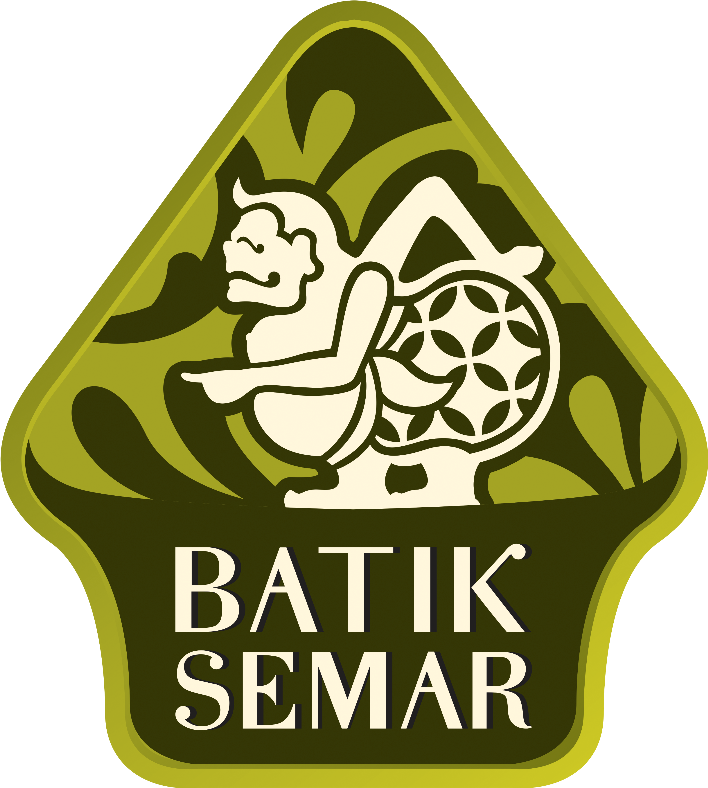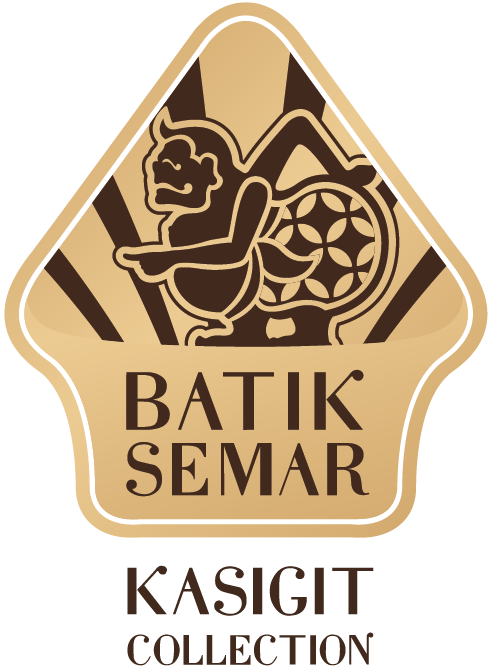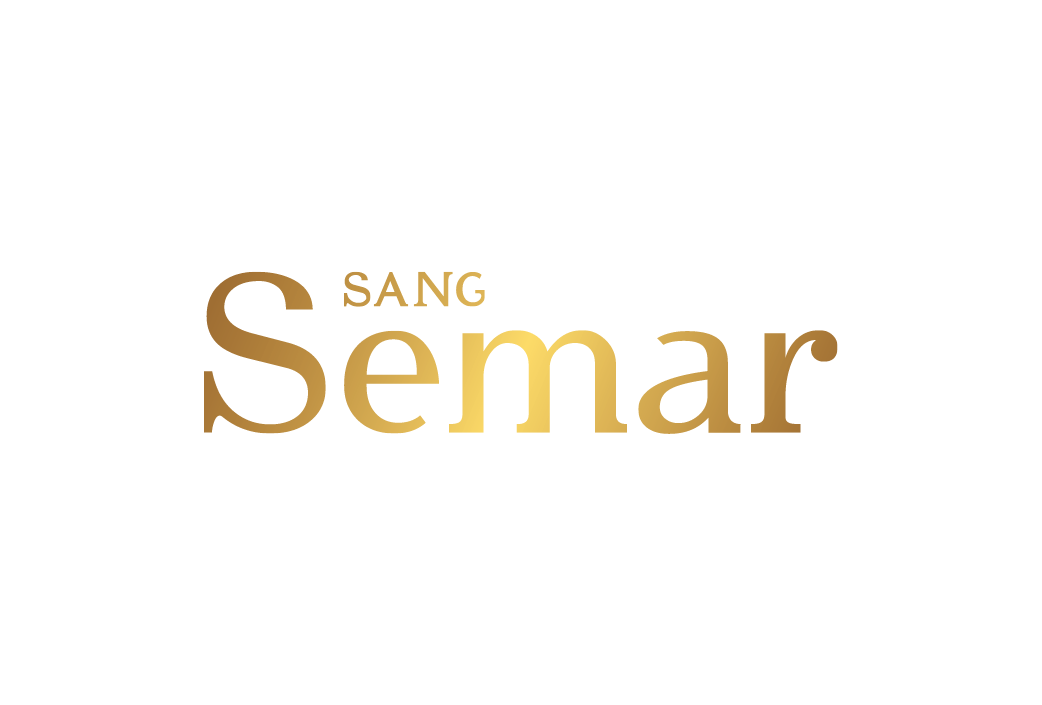In 1949 they had to face extreme adversity caused the Dutch military agression,
forcing them to flee to Surabaya. During their refuge in East Java, Surabaya, they
collaborated with a batik entrepeneur from Sidoarjo to introduce Solo batik patterns
accross the region.
In 1950 they returned to Solo to redevelop their own business. They started with
five employees and expands into a company with some 200 employees in the 1960s.
The new name of Batik Semar was oficially introduced in 1966, considering that
the name is far more popular than Bodronoyo.
In the 1970s, textile technology began to develop in Indonesia. The use of printing
machine has lowered the production cost and revolutionised batik into a massproduct. The market demands batik for a lower price, this condition also affected Batik Semar which must adapt their strategies in order to stay ahead in the market competition.
Expansion to international market began in 1989 or six years after Somadi Kasigit
passed away, Batik Semar started to export batik and handicrafts to the United States,
Europe and several Asian countries.
In 2002, Batik Semar experienced another trial, this time a fire incident which
destroyed the main company's showroom and batik production workshop complex.
The residence of Niniek Kasigit was also hit by the fire and the collection of antique
batik also went up in flames.
Today Batik Semar has about 30 in-house batik crafters and more than 30 plasma
spreading across Surakarta, Cirebon, Pekalongan and Madura. The Batik Semar
family is now consiting of approximately 700 employees and with 60 outlets
reaching costumers nationwide.



